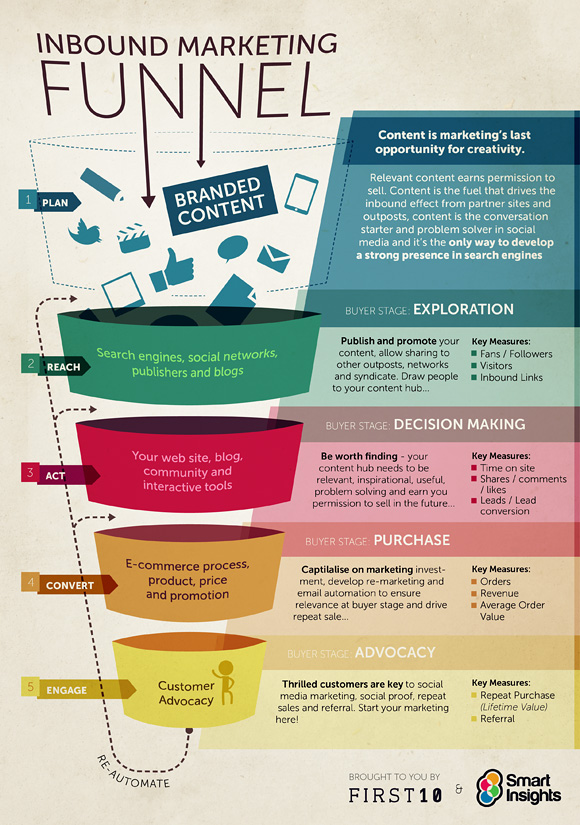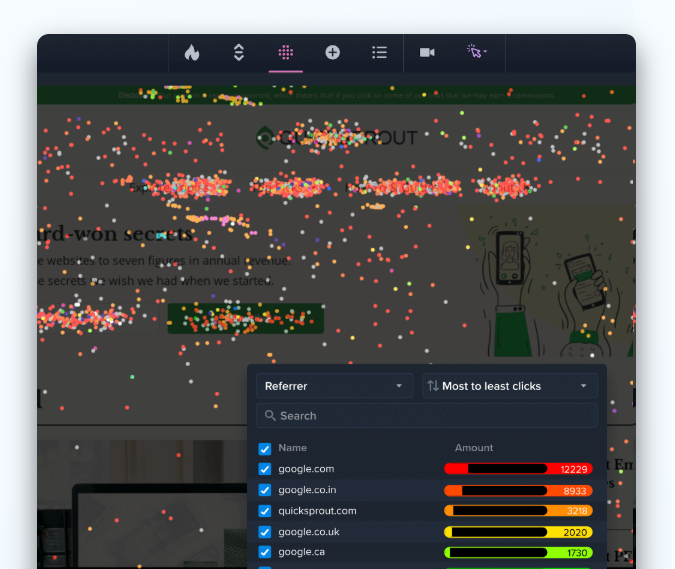As a marketer, you’ve likely heard the term conversion funnel to describe your business’s path to ROI. But when was the last time you took a close look at this concept?
When users visit your website, they may not be ready to make an immediate purchase.
That’s why your job exists as a marketer — you compel prospects to do business with your company. In other words, it’s your job to pave the path to sales, to move users through the conversion funnel.
What Is the Conversion Funnel?
It’s as simple as the steps that your prospects take to become first-time customers. Paths can be long, short, convoluted, or extremely direct.
What Prestige Marketing points out is that all conversion funnels have the same three components:
1. Brand Awareness – Prospects discover your company and visit your site for the first time.
2. Consideration – Prospects evaluate your brand and product to determine fit and need potential.
3. Conversion – Prospects decide to work or shop with your brand for the first time. Some become repeat buyers.
Visualize It
It’s mission-critical that you map out your prospects’ paths to sales.
As this infographic (above) from Dom Lane points out, you start attracting customers by casting your net wide — with freebies like e-books and resourceful blog posts. Tell your story to sell your brand via PR, social media, and ads.
The next step is to transform those inbound clicks into leads — a small proportion of whom will become paying customers. Profits are a by-product of this extensive process and funnel through the customer acquisition and relationship-building process.
Keep Steps Small
Marketers can minimize user drop-off at every stage of the conversion funnel. Fine-tune your steps into clearly segmented states to zero-in on strategies that promote engagement, retention, and sales.
The following infographic from Ion explains the precise steps that your brand should take to make your marketing more effective.
Focus on delivering a stellar, up-front user experience that builds a brand connection through content that’s focused to your audience.
Follow through on your efforts by delivering a strong conversion optimization strategy once users are on your website. Facilitate targeted conversations so that your prospects are in the right place at the right time.
Test your forms, headlines, layouts, and color schemes to ensure that you’re maximizing your sales opportunities. Learn from your results to inform your post-conversion strategy.
Select the Right Metrics
There is no such thing as a one-size-fits-all success metric for your conversion funnel. As the following infographic from Smart Insights points out, marketers need to evaluate different data points at each stage of the process.
A few tips
- When evaluating the success of your brand’s alignment to your prospects’ exploration stage, pay attention to new fan acquisition, website visitors, and inbound links generated.
- For the decision-making stage, pay attention to time spent on site, shares/comments/likes, and leads generated.
- When measuring the success of your buyers’ purchase stage, evaluate orders, revenue, and average order value (AOV).
- Finally, evaluate the customer advocacy stage by monitoring repeat purchases, lifetime customer value, and referrals.
In short, align your strategy with your business model — no need to rely on a cookie cutter approach.
What are your favorite conversion optimization strategies? Is there a particular stage of the funnel that you’re having trouble optimizing? Share your thoughts in the comments below.








